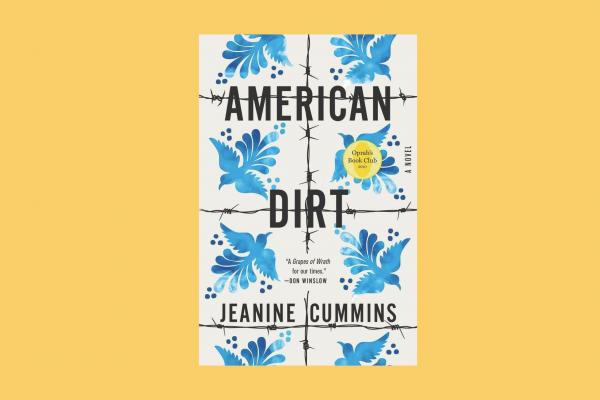Feb 10, 2020
A commitment to justice or equality cannot be purely voyeuristic or touristic.
Read the Full Article

Already a subscriber? Login

A commitment to justice or equality cannot be purely voyeuristic or touristic.
